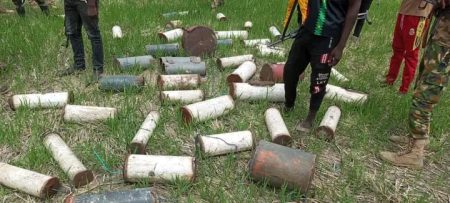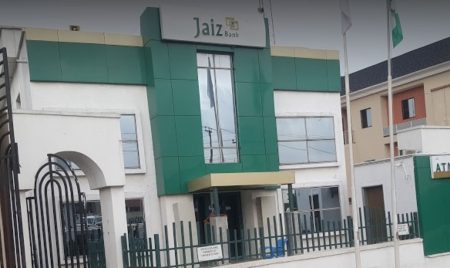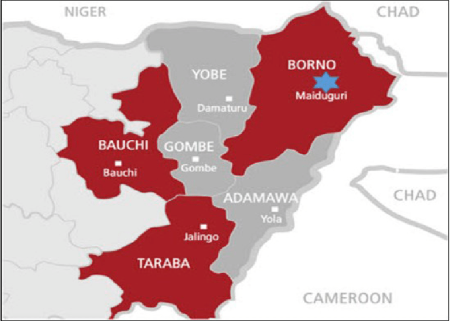Paragraph 1: Flash Flood Alert Issued for Ibadan Residents
The Oyo State Emergency Management Agency (OYSEMA) has issued a critical flash flood alert for residents of Ibadan, specifically targeting those residing in Akinyele, Egbeda, and Oluyole Local Government Areas. This urgent advisory comes as the latest weather forecast from the Flood Early Warning System predicts heavy rainfall exceeding 100mm (approximately 4 inches) within the next 24 hours in these regions. The agency, in collaboration with the Ministry of Environment and Natural Resources, emphasizes the need for proactive measures to mitigate potential flooding impacts and safeguard lives, property, and infrastructure.
Paragraph 2: Targeted Areas and Rainfall Intensity
The heaviest rainfall is anticipated northeast of the International Institute of Tropical Agriculture (IITA) and the airport, posing significant flood risks to communities in these vicinities. Akinyele Local Government, encompassing the area around IITA, Egbeda Local Government, which includes the airport area, and Oluyole Local Government, housing the Cocoa Research Institute of Nigeria (CRIN), are the primary focus of this warning. Residents in these areas are urged to pay close attention to weather updates and prepare for potential flooding scenarios.
Paragraph 3: Proactive Measures and Local Government Activation
OYSEMA’s warning underscores the imperative for local authorities and communities to take immediate action to mitigate the risk of flooding. This includes activating emergency response plans, ensuring drainage systems are clear, and preparing for potential evacuations in low-lying areas. Public awareness campaigns should be disseminated, emphasizing the importance of preparedness and safety precautions. Residents should familiarize themselves with evacuation routes and identify safe locations should the need arise.
Paragraph 4: Potential Impacts and Safety Precautions
Flash floods can inundate streets swiftly, particularly in low-lying areas, making roads impassable and posing significant hazards to motorists and pedestrians. The OYSEMA strongly advises against driving or walking through floodwaters, emphasizing the “Turn Around, Don’t Drown” principle. Heavy rainfall significantly reduces visibility and increases the risk of accidents. Residents should avoid unnecessary travel and exercise extreme caution if venturing out during periods of intense rainfall.
Paragraph 5: Preparedness and Evacuation Guidance
Residents of flood-prone areas are advised to be prepared to evacuate to higher ground if instructed by authorities. This involves having an emergency kit ready, including essential supplies like food, water, medications, and important documents. Families should develop communication plans to ensure everyone knows where to go and how to contact each other in case of separation. Staying informed about weather updates and official advisories is crucial for timely decision-making.
Paragraph 6: Collaborative Efforts and Community Response
OYSEMA emphasizes its collaboration with the Ministry of Environment and Natural Resources in monitoring the situation and coordinating response efforts. Community engagement is vital in disseminating information and ensuring everyone is aware of the potential risks. Local leaders and community organizations should play an active role in mobilizing resources and assisting vulnerable populations. By working together, communities can minimize the impact of potential flooding and protect lives and property.














